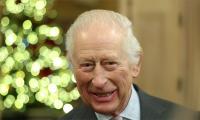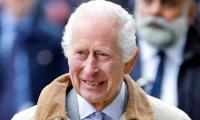achievement during the visit by the Pakistan delegation was Michelle Obama’s statement, after meeting Maryam Nawaz, that the Pakistani leadership had promised that education spending in the country would increase from two percent of GDP to four percent by the year 2018. Michelle Obama has also confirmed that the US has agreed to double its spending on education in Pakistan to $70 million. Another key aspect of the PM’s tour was to pitch Pakistan as an investment haven. For international investors, Nawaz highlighted an improved security situation and the China-Pakistan Economic Corridor as new windows of opportunities for investment in Pakistan. While no concrete promises were secured, there was certainly enough interest to suggest investors are looking keenly into the situation in Pakistan. The ‘no comment’ policy that US authorities have taken on the Pakistani dossier on Indian involvement in Pakistan’s internal affairs may be a setback – more so since the Pakistani side’s statements had been very India-centric before the visit –but in truth no one really expected the US to respond in public just yet. This Nawaz visit did show that Washington is clearly in no mood to distance Pakistan for now, especially at a time when it faces challenges from China.
FO rightly rebukes these sanctions, terming them “biased” and warning of their dangerous implications for regional...
Senator says that Pakistan should focus on centralised climate authorities to local leadership at provincial level
Citizens to be assigned digital identity, encompassing data on property, wealth, assets, health, and other social...
Wealthy Global North expresses concern over plight of migrants but turns blind eye when they are in real danger
Clashes in Kurram spiralled out of control with more than 130 dead, and crisis demands coordinated response
After mishap, nation vows to ensure that such a brutal attack would never happen again







